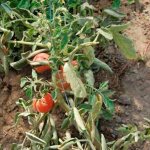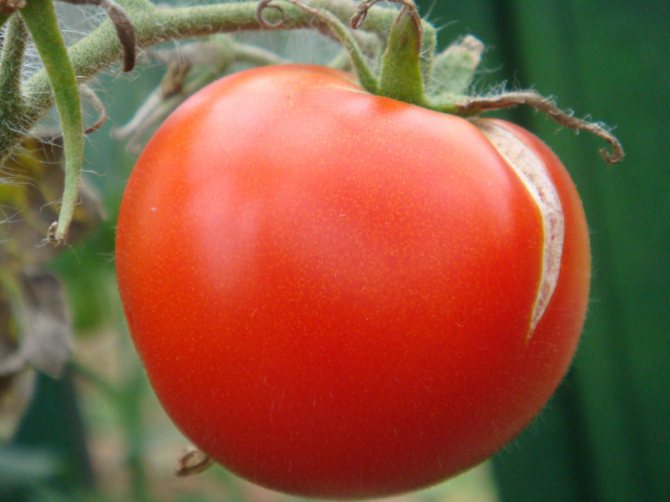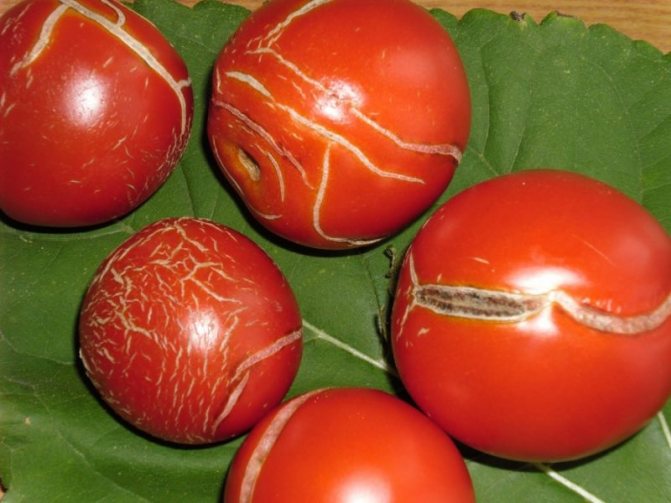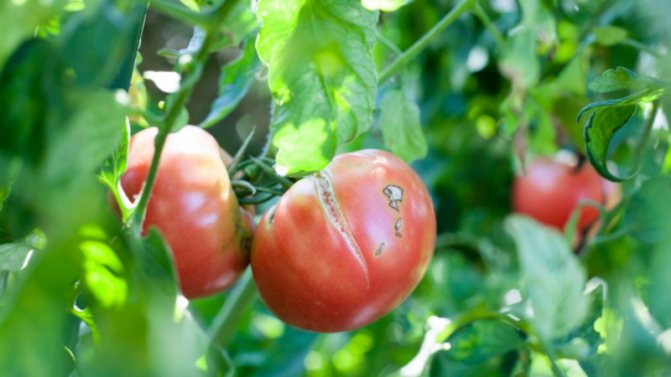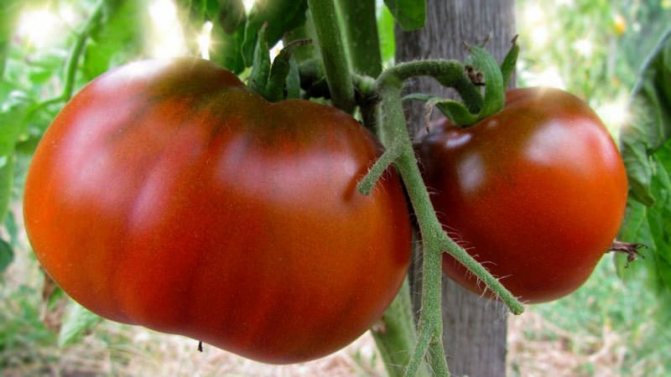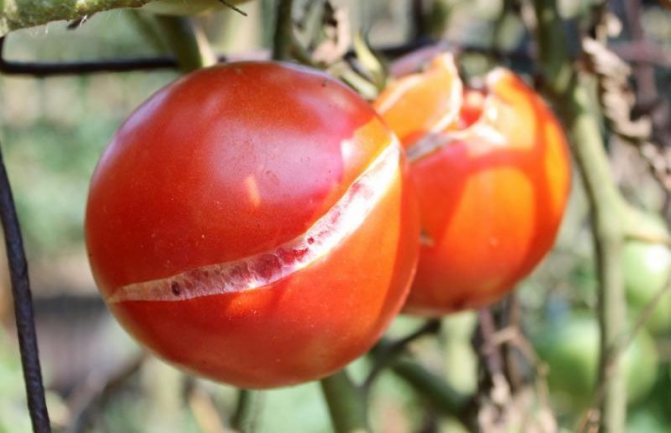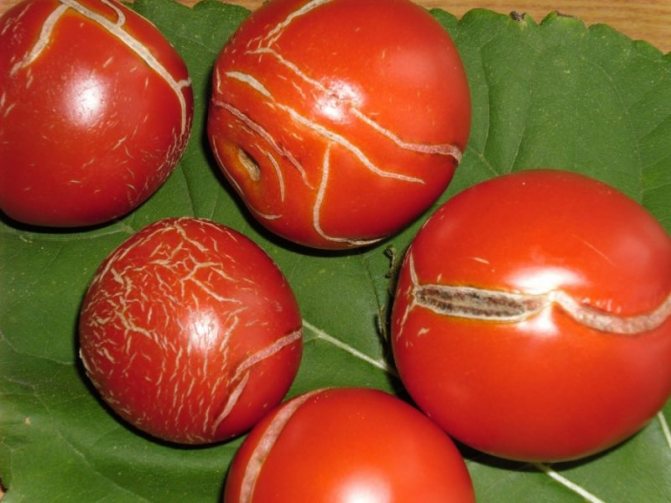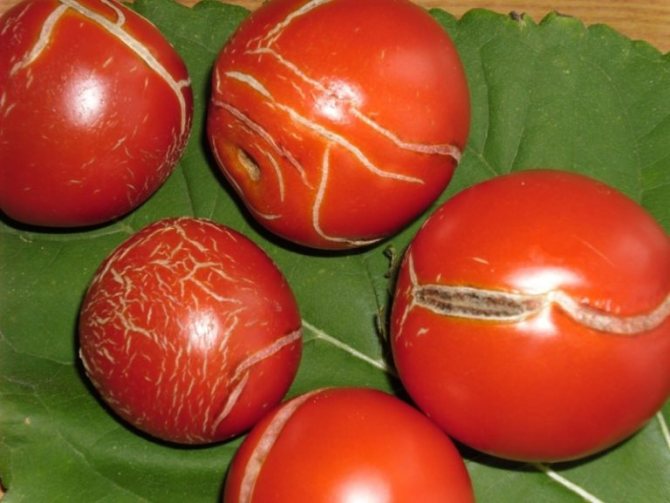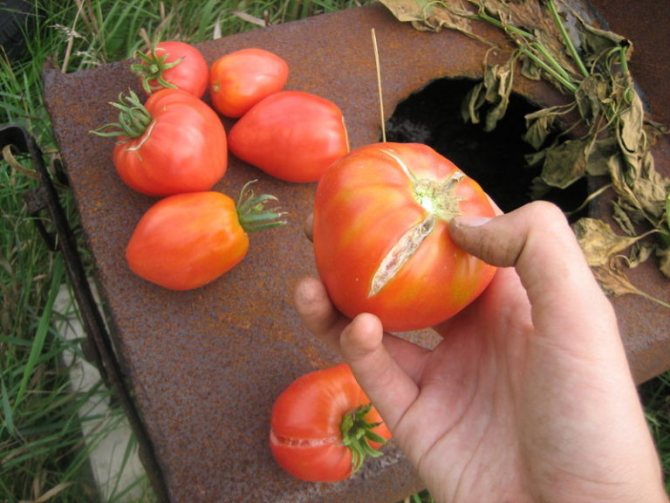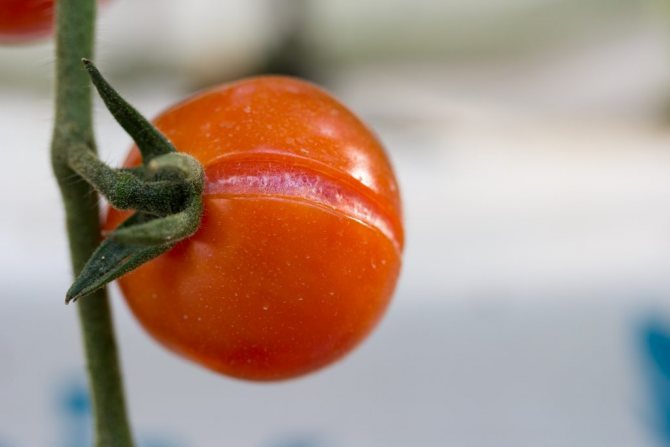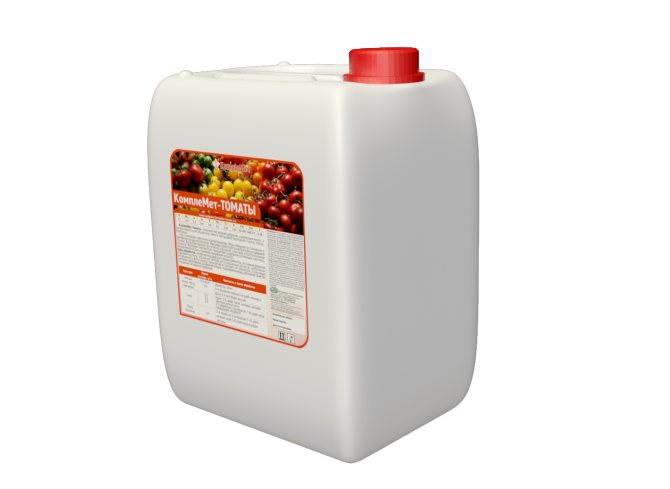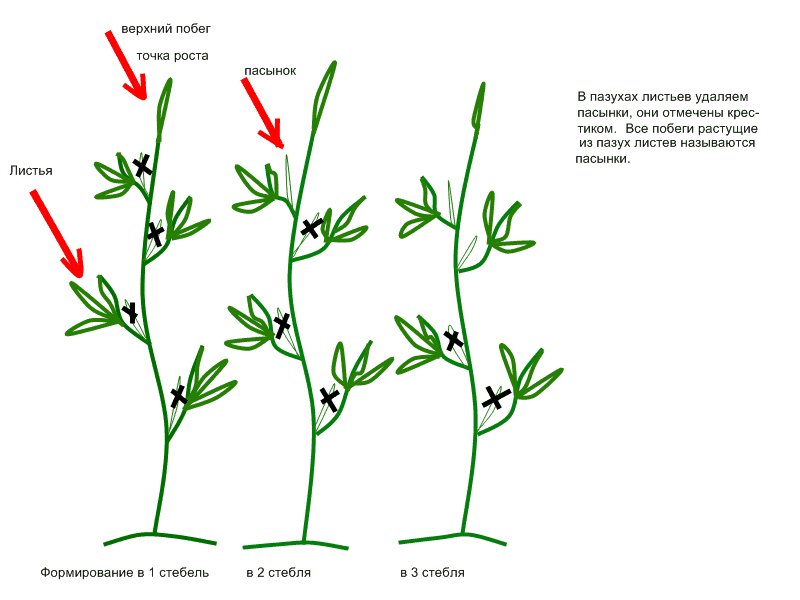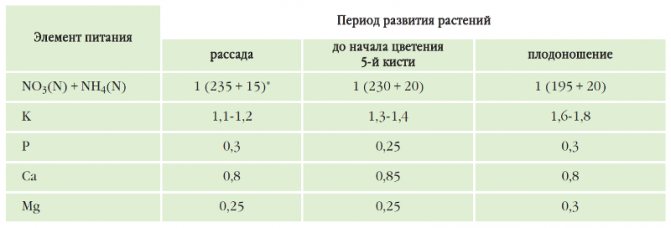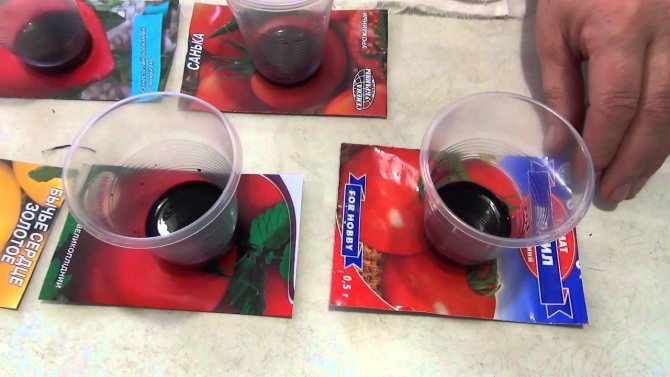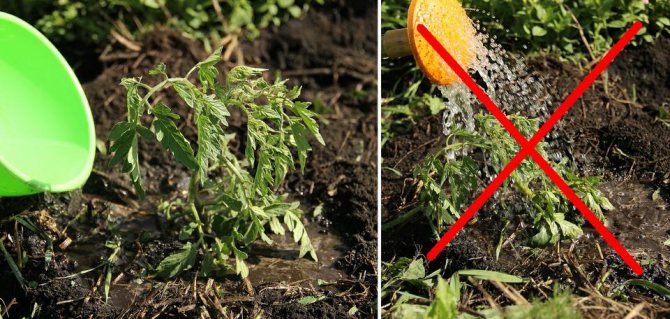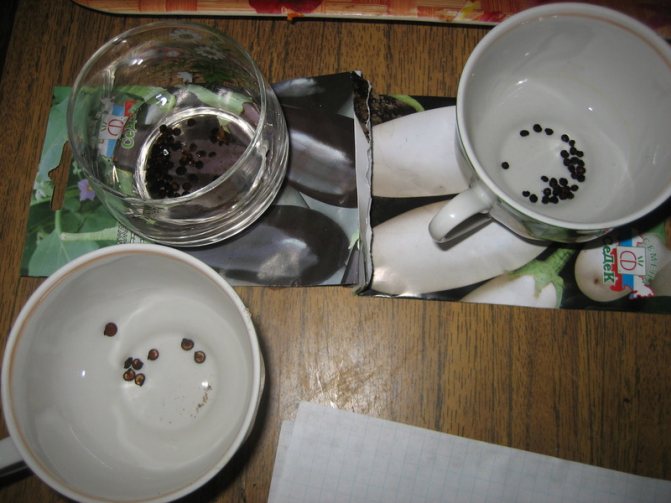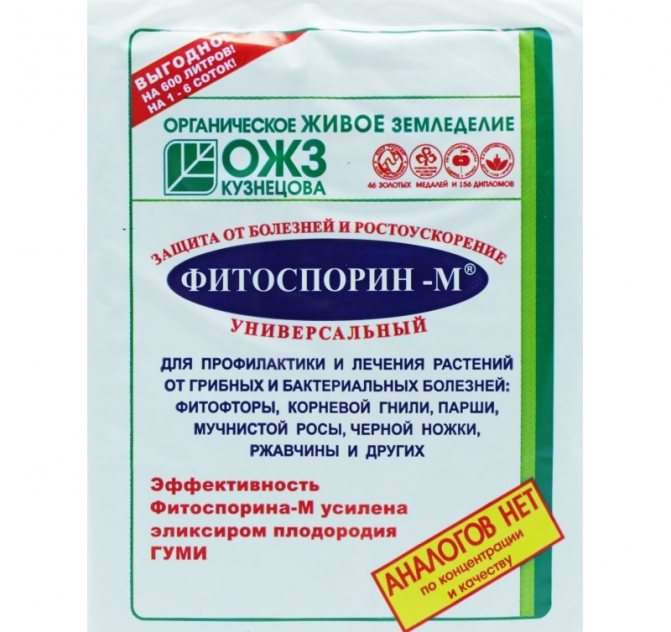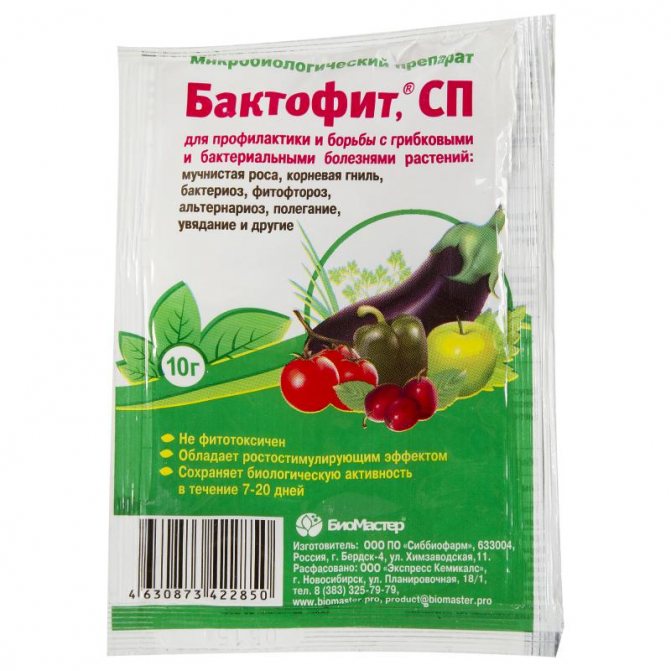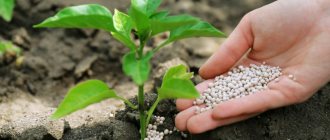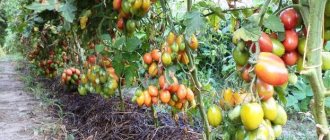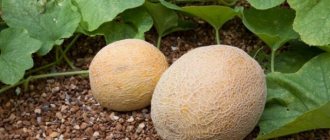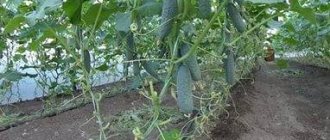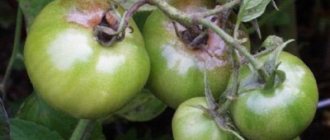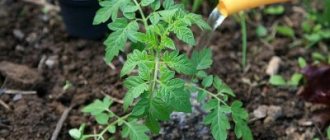Incorrect feeding
A common reason that ripe or even not yet ripe tomatoes begin to crack in the greenhouse is also incorrect or untimely fertilization for them. The appearance of the plant will tell you which element it is lacking:
- nitrogen deficiency leads to blanching of the leaves and stopping the growth of tomatoes as they continue to ripen;
- the appearance of areas with dead tissue on the berries, the dying off of the growth point of the bush - evidence of a lack of boron in the soil;
- lack of phosphorus gives the leaf plates a purple hue, their edges are bent, tomatoes develop slowly;
- a lack of copper leads to a decrease in the number of inflorescences, and therefore, tomatoes in the future. The leaves on the bushes wither, wither;
- a sign of calcium starvation is drying of the foliage;
- a signal of potassium deficiency - yellowing of leaf plates and the appearance of dark veins on them;
- leaf fall, the appearance of yellow spots on them occurs when there is a lack of magnesium.
In fact, the lack of any of the elements affects the quality of tomato fruits. Sometimes it is difficult to distinguish the symptoms of "starvation" of plants without fertilizers or lack of water. In addition, the skin of tomatoes can burst both with a deficiency and with an excess of microelements in the soil.
If, when all agrotechnical requirements are met, the tomato crop suffers from a large number of cracked fruits, it is recommended to analyze the mineral composition of the soil.
Sudden changes in air temperature in the greenhouse
As a rule, the air temperature inside the greenhouse is higher than outside. In hot summer weather, the thermometer inside the greenhouse structure can rise to a level critical for tomato bushes of 40-50 ° C. Such overheating also causes cracked tomato skins - the heat affects it, making it coarser, inelastic, but the growth of the fruit does not stop. Accordingly, a rupture of its outer shell occurs.
An additional negative factor is the cooling of the air at the end of summer. The sharp contrast between day and night temperatures exacerbates the situation, causing more cracks to appear.
To create the microclimate necessary for the culture - to reduce the heating of the air inside the greenhouse and equalize night and day temperatures - you should not forget to ventilate it during the day and close it at night, and watering in hot weather should be carried out in the evening, after sunset.
To reduce the intensity of solar exposure, the application of lime milk from the outside to the walls and roof of the greenhouse made of transparent polycarbonate (for this one part of quicklime is quenched with one or two parts of water) also helps.
Experienced vegetable growers also practice the processing of tomato crops with biological products. This strengthens the plants and helps them to tolerate sudden temperature fluctuations less painfully during the day.
Excessive pinching and grafting
Pinching bushes and removing stepchildren and excess foliage is an important agricultural technique when growing tomatoes. It allows you to regulate the intensity of fruiting, the fruit load on the bush, which is especially important at the end of the season.However, excessive diligence in this matter, instead of benefit, can be harmful: if, with abundant watering, the tomato bush does not have enough greenery, it will direct excess water from the roots to the fruits. The dramatic increase in growth causes the skin to burst, forming new cracks.
It should be remembered that the permissible volume of green mass removal, which does not lead to a sharp change in the balance of foliage and berries, is three leaf plates from a bush within a week.
Development of infection
If the greenhouse crop is not infected with parasites and diseases, the cracks in the tomatoes quickly become covered with dark, coarse tissue, which blocks the bacteria from entering the fruit. At the same time, they continue to grow and accumulate mass. The appearance of tomatoes suffers, but they can be safely eaten and preserved.
However, there are a number of diseases that damage the outer layer of tomatoes:
- Alternaria or dry spotting - a fungal disease, one of the first signs of which is the appearance of small dry spots not only on the leaves, but also on the fruits. Tomatoes seem to crack slightly and quickly "heal" the breaks. However, soon the whole plant begins to wilt. The disease is treatable with fungicides;
- signs of fusarium wilting of bushes - the appearance of cracks in the fruits, foliage dryness and blackening of the stem. The rapid use of drugs such as Previkur, Trichodermin will help save the crop.
Fusarium Alternaria
In a greenhouse, any infection spreads quickly, so it is better to take a number of preventive measures in advance than neglect them and lose, at best, part of the crop:
- in the fall, remove all debris from the greenhouse, the remnants of tops and fruits;
- in the spring, disinfect the inside with smoke bombs or spray abundantly with a solution of bleach (or any other disinfectant, a wide selection of which is presented in gardening stores).
Do not plant solanaceous crops (in particular, potatoes) near tomato greenhouses, as they are frequent carriers of various infections.
What is ripening cracking of tomatoes?
To begin with, it is worth understanding what is meant by cracks. This is a deformation of fruits with lines and scars covered with brown or gray dense skin. Cracks occur at the point where the tomato is attached to the plant... There are two types of cracking:
- Radial... In this case, the cracks diverge in rays from the place of attachment of the fetus.
- Concentric... In this case, the cracks in the skin form concentric circles, the center of which also falls on the place where the fetus is attached.
With rare exceptions that only confirm the rule, the skin of tomatoes cracks only when the tomato has reached maturity.
How is this problem developing?
Cracking is not associated with any diseases or parasites, the reasons are much simpler and more commonplace:
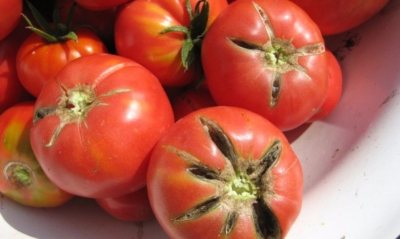
- external environment;
- variety of tomatoes.
To begin with, it is the problems of the plants themselves that will be considered. Since decades of breeding have led to the emergence of many varieties of tomatoes, it is easier to point out the characteristics of tomatoes than to list all the relevant varieties.
If the fruits show the following signs, then there is a great chance that they may crack.:
- large size;
- thin skin;
- a small amount of;
- not covered with leaves from the sun;
- when ripe, it is clear that the skin is inelastic;
- weak cutinization;
- thin pericarp.
As for the problems with the external environment, they are as follows:
- High humidity... Excess water in the soil leads to the fact that the skin loses its extensibility and elasticity. As a result, with rapid growth, cracks appear on the skin. While the fruits are small, the cracks are almost invisible, but with the growth the cracks also grow and deepen. Humidity problems are especially common in greenhouses.
- A sharp increase in humidity... In conditions of a lack of moisture, the skin also loses its elasticity. And as soon as there is abundant watering, the plant is saturated with moisture and nutrients, which leads to the growth of the fruit and the appearance of cracks.
- Temperature fluctuations... Sometimes, with a sharp change in temperature, cracks can also form. Most often, temperature changes "work" in tandem with abundant watering. The roots actively absorb moisture, and then the temperature suddenly changes. The plant does not have time to adapt to new conditions, and the skin breaks out, which reduces the pressure inside the stem and roots.
- sunlight... If the fruits are not in any way covered from direct sunlight, this can also lead to the formation of cracks.
The reasonable question is, is it dangerous? Cracks themselves are not dangerous, they only spoil the appearance. However, their formation is the emergence of a gateway for infections and viruses. So that, if a crack has formed on the tomato, it is better to remove it.
Diseases of tomatoes
A tomato can burst not only due to improper watering or a lack of fertilizer. Often, a violation of the integrity of the peel is a sign of the development of the disease:
- Gray rot is a fungal disease that occurs during periods of high humidity and with the onset of cold weather. The fungus affects not only the stem, but also the pulp. Symptom - the appearance of dark gray spots on the tomato.
- Alternaria is a fungus. In another way, dry spotting is called. A symptom is the appearance of dry spots on the leaves and pulp. If the disease is not treated in a timely manner, the leaves will fall off and wither. Treatment is the use of fungicides.
- Top rot - occurs on a green tomato during the period of its active formation. Top rot occurs due to an acute lack of calcium. Treatment - feeding with mineral fertilizers.
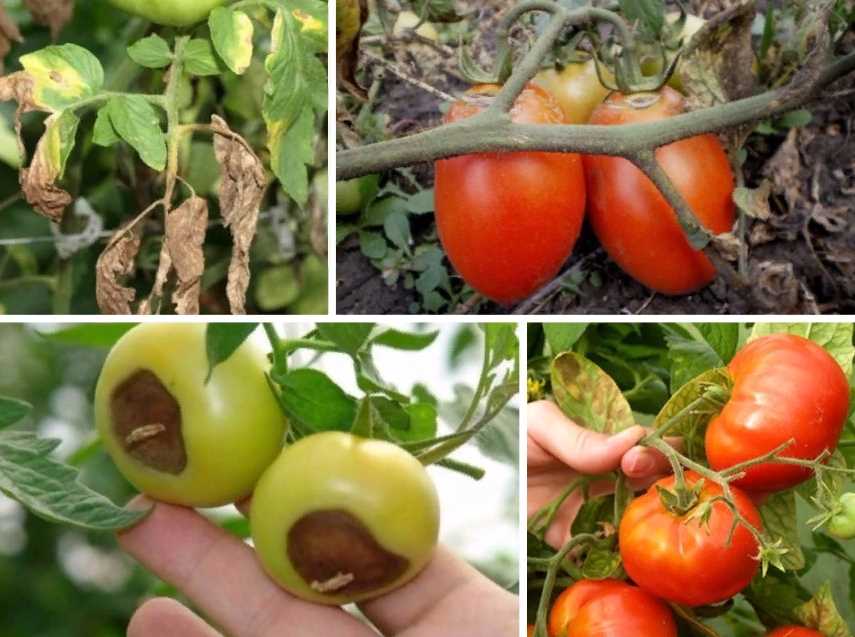

Tomato disease is often accompanied by bursting of its peel.
Attention! To protect the vegetable from diseases and cracks, you need to regularly carry out preventive measures, treat the greenhouse with disinfectants and properly care for the tomato.
Control methods
It will not be possible to cure already cracked tomatoes, since the marks from the cracks are actually scar tissue.
However, it is possible to reduce the likelihood of cracking if you follow the growing advice correctly.
Watering rules
Since tomatoes love moderately moist soil, it is worth watering them abundantly, but the amount of watering depends on the stage of the growing season.
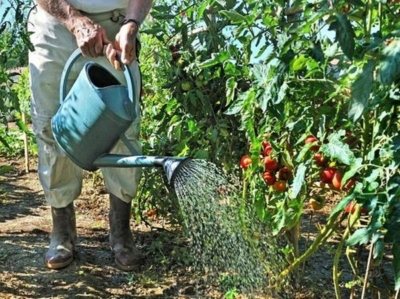

- The first one and a half weeks after planting the plants, it is better to water them every day. Each bush should have 1.5–2 liters of water.
- After one and a half weeks, the plants should be watered every 6-7 days. And as they stretch upward, you can gradually increase the volume of water.
- As soon as the first and second flower clusters begin to form, as well as when the tomatoes are actively filled with juice, the plants should be watered every 3-4 days. Usually, one watering can goes to one adult bush and another one - in the gap between the bushes.
Important: Do not start watering earlier than half past seven in the morning. If the last week was rainy, then watering should be started an hour later, and it should be less abundant.
Soil mulching
Naturally, one cannot stop only at the correct watering - mulching of the soil also plays a significant role. Loose, still wet soil should be covered with a layer:
- humus;
- sawdust;
- any other organic matter.
Mulching does more than just improve watering efficiency... Thanks to this, you can get the following effects:
- The likelihood of spreading fungal diseases is reduced.
- Loose soil allows oxygen to flow better to the roots.
- Weeds grow worse.
- The roots do not overheat.
- The soil is gradually saturated with natural fertilizers.
Protection from direct sunlight
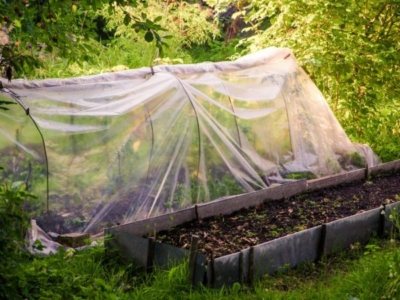

As mentioned above - if the fruits are not protected from direct sunlight, then there is a great chance that they will crack.To reduce this impact, especially if the variety itself does not have many leaves, you can:
- Install a special scattering grid in the greenhouse. Then the plants will be in a light shade.
- Cover the greenhouse walls with milk of lime from the inside. This will reduce the permeability of the material, and hence the effect of sunlight.
- If there are not many bushes, then you can lightly spray them with a chalk solution.
Can already affected plants be saved?
Since tomatoes, the fruits of which are cracked, are not sick, then there is nothing to treat them for. But, as mentioned earlier, cracks are a violation of the containment shell. As in a person, a virus can get into a wound, so a plant can get sick. Ideally it is worth removing the affected fetus if you are afraid of getting an infection.
Why are cracks dangerous?
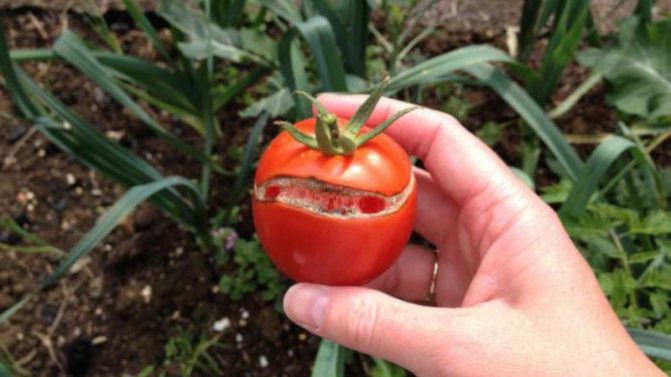

Cracked skin on tender vegetables can spoil much of the crop. Fungi and bacteria easily penetrate into burst fruits, the process of decay begins, and all the work of the vegetable grower goes down the drain.
In addition, cracked tomatoes are stored much less than whole fruits. If the violation of the integrity of the shell is caused by diseases, it is dangerous to eat such fruits.
Why do fruits burst in the greenhouse?
The reasons for the cracking of tomatoes in the greenhouse are no different from those described above. Another thing is that in a greenhouse, problems with excessive soil moisture are manifested much more clearly. Accordingly, the ways to avoid cracking are the same. Additionally, you can advise only to water the tomatoes in the morning, so that the evaporation of water is even and by the evening the air is not too humid.
At the same time, although growing tomatoes in a greenhouse is much easier, this method has its own pitfalls that are not only related to cracking. Any damage will be quite difficult to track, since there is no way to inspect the bushes from all sides.
Temperature and humidity
Tomatoes are thermophilic plants. Tomatoes are recommended to be watered after 5 pm. If the night temperature was below 13 ° C, watering is carried out at about 11 in the morning. Ventilation is required during the day at high air temperatures. To prevent the plants from getting a heat shock, the door in the greenhouse is opened no later than 7-8 a.m. The moisture content of the soil should not be less than 50%, but it is also not necessary to fill the soil.
Green fruits have dense flesh, so they are more likely to crack. In autumn, there are still many fruits on the bushes, but their growth is no longer desirable, so vegetable growers pinch the shoots. As a result of this procedure, water from the roots enters the fruit in large quantities. They crack from excess moisture.
Varieties that do not crack
Since the work of breeders never stops, it would be natural to assume that varieties that are resistant to cracking have already been developed... And there really are such varieties, they include:
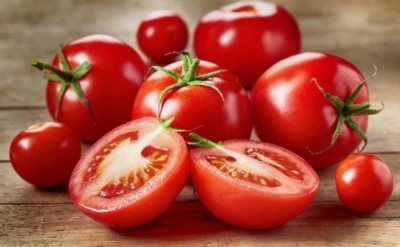

- F1 Boomerang... This is an early ripe hybrid that is designed for growing in greenhouses. In addition to resistance to cold, it has fruits with a dense skin, and their weight reaches 250 grams.
- F1 Koenig... Another early ripening hybrid, suitable for both open ground and greenhouses. The fruits are fleshy, with a lot of dry matter.
- F1 Diva... An early ripe hybrid for open ground. The tomatoes themselves are dense, which protects them from cracking. White filling. This variety is suitable for open ground and is early maturing.
- Gift... This variety belongs to the mid-season and requires tying, since the plants are determinant.
Stage 1. Choosing seeds
Among the variety of tomato varieties, it is necessary to pay attention to those of them that are able to easily tolerate permissible errors in care. Through the efforts of breeders, new varieties of tomatoes for greenhouses appear annually, which are not prone to cracks and characteristic diseases.
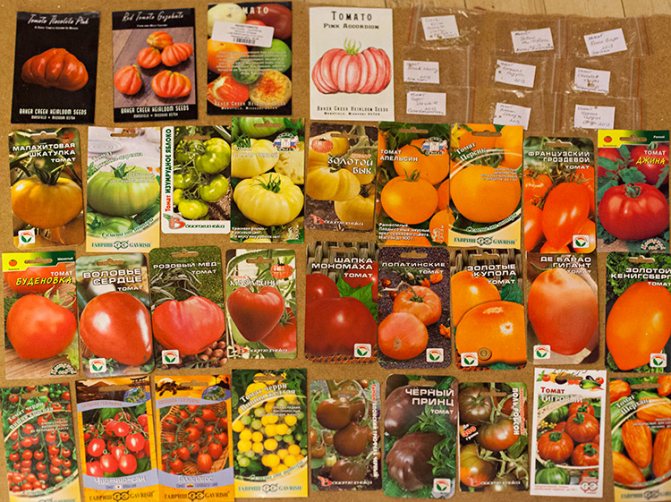

Choosing a variety of tomatoes for a greenhouse
Keep in mind! Most often, deep grooves appear in tomatoes with dense pulp and thick skin (mostly yellow). Varieties with soft fruits are the least susceptible to cracking.
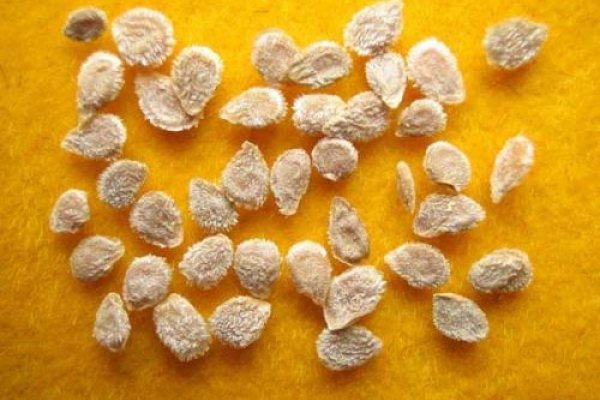

Tomato seeds
Table. Tomato cultivars / hybrids that are not prone to cracking.
| Name | Features of the | Yield |
| Palenque F1 | Dutch hybrid that requires tying. Ripening period - no more than 110 days from the moment of seedling emergence. 5-7 fruits are formed on one hand. | Differs in the evenness of fruits, each of which weighs from 110 to 130 g. From 1 sq. m you can collect 18-20 kg of fruits, best used in pickles. |
| Boomerang F1 | A salad hybrid, characterized by an early ripening period (90-105 days). The brush contains at least 5 fruits weighing up to 220-250 g. During transportation, the fruits are not injured. | The yield is from 3.5 to 5 kg per bush. The variety is distinguished by a friendly return of fruits and high resistance to most characteristic diseases. |
| Infinity F1 | On a bush up to 1.95 m high, at least 6 fruits are formed in the ovary, the weight of which is 250-275 g. It is used for salads or for canning in a cut form. Requires obligatory pinching and tying. | High-yielding variety, from 1 sq. m of greenhouse space, you can collect 16-18 kg of fruit. Ripening occurs at the same time, which makes this variety extremely convenient for summer residents. |
| Centaur F1 | The tomato is highly productive, ripens 100-110 days after the seedling emerges. Used in salads, it is characterized by high keeping quality and resistance to the main list of diseases. The shape is round, the flesh is dense, the weight of the fruit is approximately 150-250 g. The height of the bush is up to 2 m, it needs a garter. | Productivity - up to 12 kg / sq. m, the bulk of the fruits are of the same size and ripening period. |
| Podmoskovny F1 | A hybrid developed for central Russia. Characteristic features - high set, uniformity in the ripening period (up to 100 days). Fruits weigh 100-150 g, firm, lying. | The variety gives up to 10 kg of fruit per 1 sq. m, needs minimal pinning. |
| Our Masha F1 | Hybrid variety for fresh use. It has a cuboid shape and dense structure. Adapted to extreme weather conditions and most common diseases. Ripens after 100-105 days, the weight of the fruit reaches 200-220 g. | Productivity 8-10 kg / sq. m, a variety that is unpretentious in terms of lighting. When harvested until fully ripe, they are easily ripened. |
Prices for seeds of tomatoes of different varieties
tomato seeds
Experienced agronomists advice
In addition to the above recommendations, there are some more tips to help prevent cracking.
- Airing... Remember to ventilate the greenhouse to even out the temperature and give the plants fresh air.
- Gradual watering... The best option would be not to immediately pour out the entire volume of water intended for it, but to divide the watering into two stages. Pour out half of the volume, wait until the water is absorbed, and only then pour out the other half. Then the moisture absorption will be more even.
If all the conditions are met, it is possible, if not to avoid the appearance of cracks, then significantly reduce the likelihood of their appearance.

